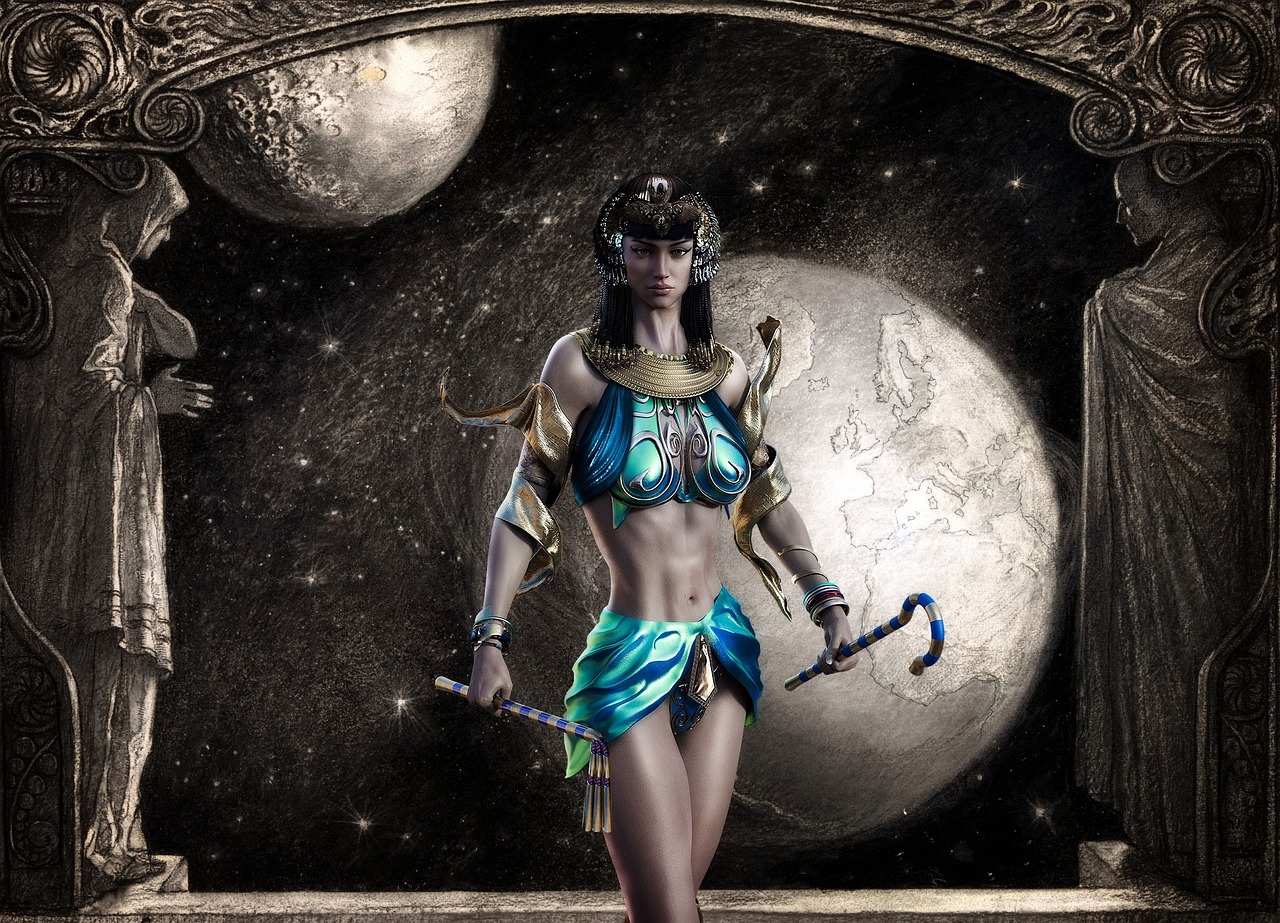Ancient Egyptian religion represents the indigenous spiritual practices of ancient Egypt, spanning from the predynastic era in the 4th millennium BCE to the decline of traditional religious culture in the early centuries CE. While it’s essential to consider the historical context and significant events, an understanding of Egyptian religion can be approached through its deeply entrenched beliefs and practices as they were woven into the fabric of society from around 3000 BCE.
Nature and Importance of Egyptian Religion
Throughout its evolution over more than three millennia, Egyptian religion displayed a remarkable coherence in its character and styles despite undergoing various shifts in focus and practices. Rather than seeing religion as a monolithic system, it should be understood within the broader spectrum of daily life activities and societal values. This complex interplay of elements is crucial for grasping the essence of the Egyptian worldview.
In sessions of religious act, belief in the afterlife, and engagements with the divine were vital to the Egyptians. This involved not only the worship of gods but also interactions with the deceased, the use of oracles, and magical practices that leveraged divine connections. The apex of public religious life revolved around two central figures: the king and the gods. The king occupied a pivotal role, acting as an intermediary between humanity and the divine, participating in both earthly and celestial realms, and commissioning grand funerary monuments aimed at securing a prosperous afterlife.
Core Deities and Cosmology
The pantheon of Egyptian deities was diverse, often depicted in various forms, including hybrid representations that combined human characteristics with animal features. Among the most revered gods were the sun god, embodying various aspects and names, and Osiris, the governing deity of the dead and the underworld, who gained substantial prominence alongside his consort Isis during the 1st millennium BCE, a time when solar worship experienced a relative decline.
The Egyptians viewed the universe as an ordered structure, with Egypt at its heart, surrounded by chaotic elements from which it had emerged and to which it would eventually return. The overarching responsibility of the king was to maintain divine favor for the preservation of this order against the ever-looming threat of chaos. This inherently pessimistic worldview was largely tied to the solar god and his cyclical journey, legitimizing the power of the king and the ruling elite in their duty to maintain stability.
Even with the underlying themes of despair, artistic representations on monuments typically conveyed optimism and harmony, portraying the efficacy of the king and the gods’ collaborative efforts. Such depictions highlighted a fragile state of order that required constant reinforcement through decorum—a system dictating the appropriate representations and contexts of religious beliefs. The available knowledge regarding the average person’s religious practices is scant, although there is little evidence to suggest a significant divide between elite beliefs and those of the general populace.
In summary, the religious landscape of ancient Egypt is notable not only for its gods and kings but for the intricate web of practices and even the nuanced relationships between different societal segments that engaged with these ideas.



